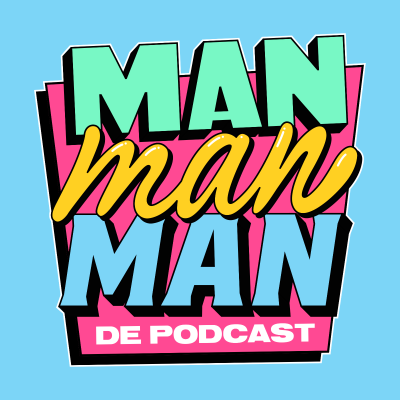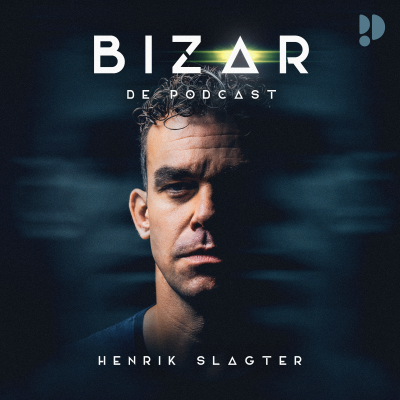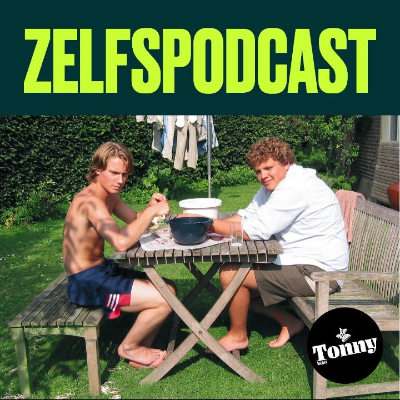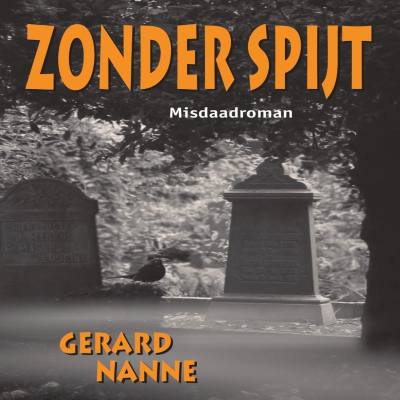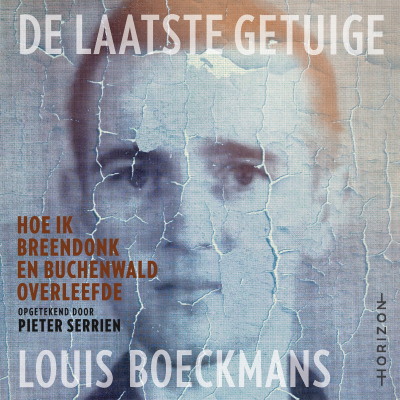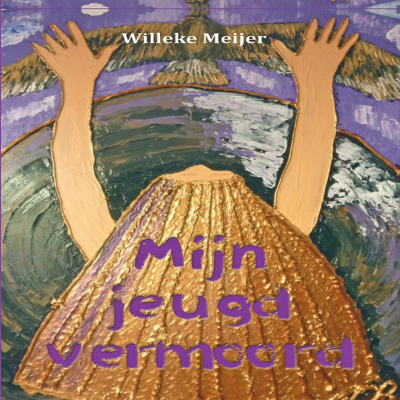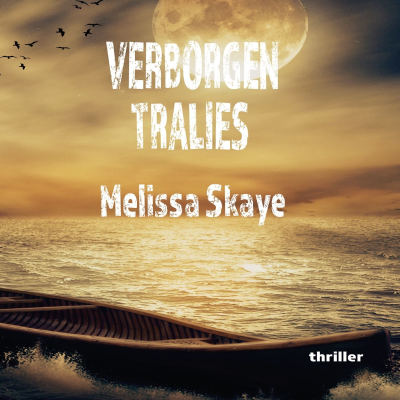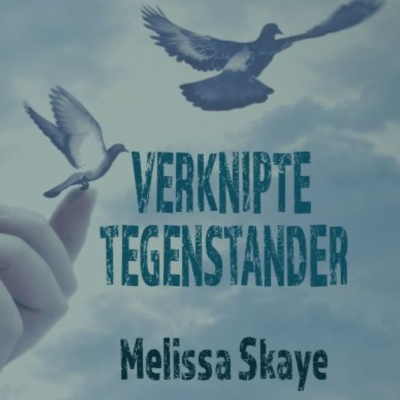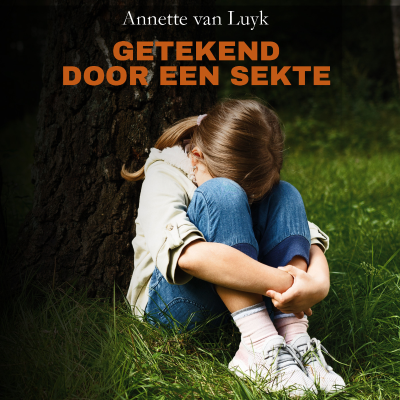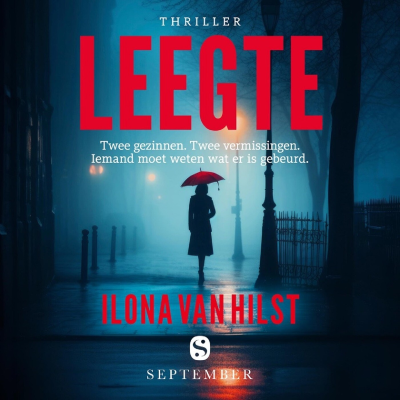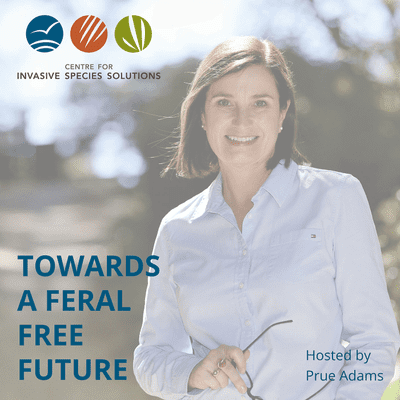
Towards A Feral Free Future
Podcast door Centre for Invasive Species Solutions
Tijdelijke aanbieding
3 maanden voor € 1
Daarna € 9,99 / maandElk moment opzegbaar.

Meer dan 1 miljoen luisteraars
Je zult van Podimo houden en je bent niet de enige
Rated 4.7 in the App Store
Over Towards A Feral Free Future
Feral animals and invasive plants, fish and birds cost Australia billions of dollars in management and lost production. They also impose a heavy burden on the environment. In this podcast series brought to you by the Centre for Invasive Species Solutions, join former ABC Landline and award-winning rural journalist Prue Adams as she talks with a range of super interesting researchers and personalities who are at the forefront of the fight against ferals.
Alle afleveringen
12 afleveringenBecoming feral free? Could this be a reality by 2030, 2040, 2050, 2100 or is it even possible, in a country as large as Australia? In this final episode of our first podcast series, we are bringing in the CEOs from the Centre for Invasive Species Solutions (Andreas Glanznig), NRM Regions Australia (Kate Andrews) and National Farmers Federation (Tony Maher), to discuss some of the key areas we need to take on action to ensure we can achieve the vision of a feral free future Thanks for listening to the full series of ‘Towards A Feral Free Future’.
An effective and non lethal way of managing feral animals, weeds and other invasive species would be to suppress their reproduction over time, so the population slowly declines. In this episode, we’ll introduce a new technology known as ‘gene drives’ that could be a game changer for future invasives species management. Using targeted gene drives, scientists are looking at interrupting the breeding cycle of invasive species, which could keep populations at manageable levels. Sounds simple, but is it? In this episode, we’ll hear from two CSIRO invasive species experts who have the job of making it a reality. This longer podcast episode, goes in depth into this fascinating scientific technology.
If we brought all the users of FeralScan together, we’d fill most football stadiums within Australia. With close to 30,000 users now signed up to the program since its inception in 2011, FeralScan can definitely take the title of Australia’s largest community led pest animal monitoring and management program, and it growing by the day. In this episode, Peter West, the FeralScan national coordinator based with NSW DPI talks about the way in which the product is being used by farmers, land managers and community groups across the country to map and manage pest animals, with success, and with impact.
Many people think invasive species, and in particular feral animals, are only a problem in rural areas, but in this episode we’ll chat with two pest animal researchers from Biosecurity Queensland, Dr Matt Gentle and Dr Lana Harriott, who are looking at ways of effectively managing feral animals in urban landscapes, where approaches such as broadscale baiting, shooting and largescale fencing programs just simply can not be rolled out. We may hear of more impacts from feral predators and other species in rural areas, but you may be surprised to know there are many ferals lurking likely in your own urban backyard or fence line, and stakeholders are calling for ways to manage them, that are safe, effective and timely.
They are a controversial species to manage, where in some areas they are protected and conserved for ecological reasons and in other areas they are managed and culled to avoid livestock predation. Unfortunately, though, wild dogs are a major issue for livestock producers across Australia, and for many, not just cause economic impacts but social and wellbeing harm as well, with many not being able to rest easy knowing their animals have a threat lurking. In this episode we’ll talk with Greg Mifsud, the National Wild Dog Management Coordinator, who has the important role of bringing communities together across Australia to manage wild dog impacts, reduce livestock losses and protect environmental assets. We’ll also hear from two feral predator research experts working at different ends of Australia, Dr Peter Fleming from NSW DPI who is leading a number of projects across the east coast looking at the most effective approaches to managing wild dog impacts both in the environment and across agriculture, and Dr Tracey Kreplins from the WA Department of Primary Industries and Regional Development who is leading a number of projects across the west coast. Baiting, shooting, trapping, fences and more – they are all used to manage wild dogs, but are we doing it effectively and with impact?

Rated 4.7 in the App Store
Tijdelijke aanbieding
3 maanden voor € 1
Daarna € 9,99 / maandElk moment opzegbaar.
Exclusieve podcasts
Advertentievrij
Gratis podcasts
Luisterboeken
20 uur / maand
